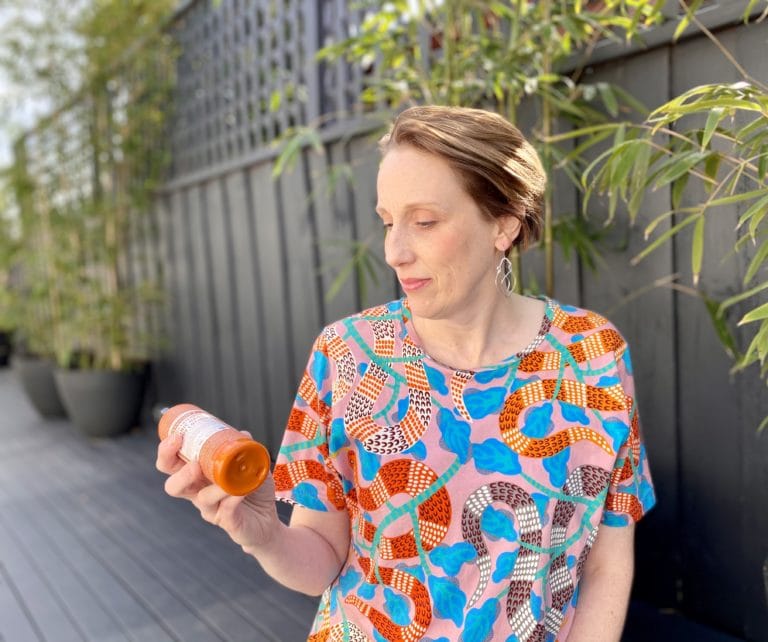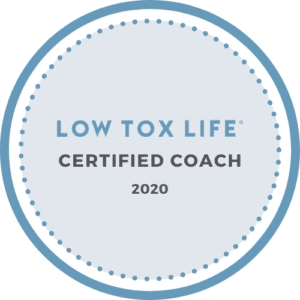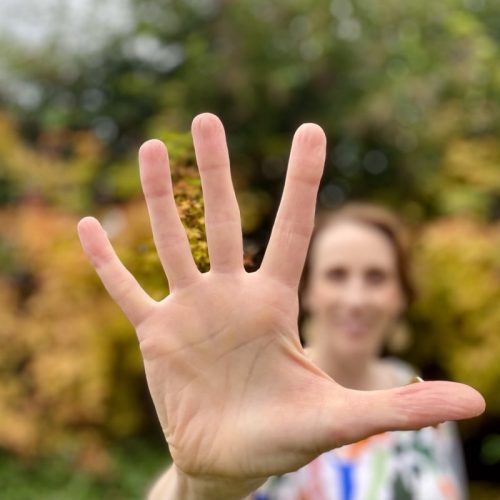Webinar Services
Toxic chemicals in products
Do you work for, or belong to a community, not-for-profit organisation or corporate group that would benefit from knowing how to reduce their exposure to toxic chemicals (including carcinogens) in everyday products?
This session is about what we know about the toxic chemicals in our environment and how they can affect our health and the planet more broadly. This webinar takes you through the research on chemicals in our domestic environment, as well as the things that we still do not know. I discuss the regulations in Australia for chemicals; and teach you how to be proactive in minimising your health risks, by knowing what to look for, and avoid. Participants learn how to scrutinise the ingredients list in many common household products like beauty products, hand sanitisers, perfumes, plastics and cleaning products. I share with you a set of practical actions, tips and resources to empower you to take control of what you can control (within your budget), and how to gradually swap the toxins for healthier alternatives.
Duration: 45 minutes (can be shortened or lengthened, to suit your needs)
Get in touch to book a Toxic chemicals in products webinar.


What People are Saying
Kind words from people I’ve worked with

